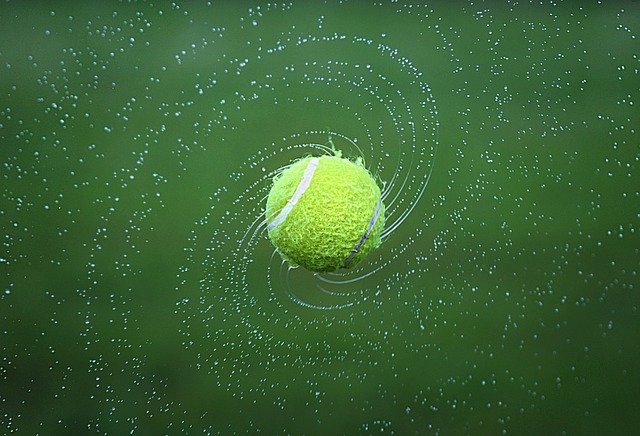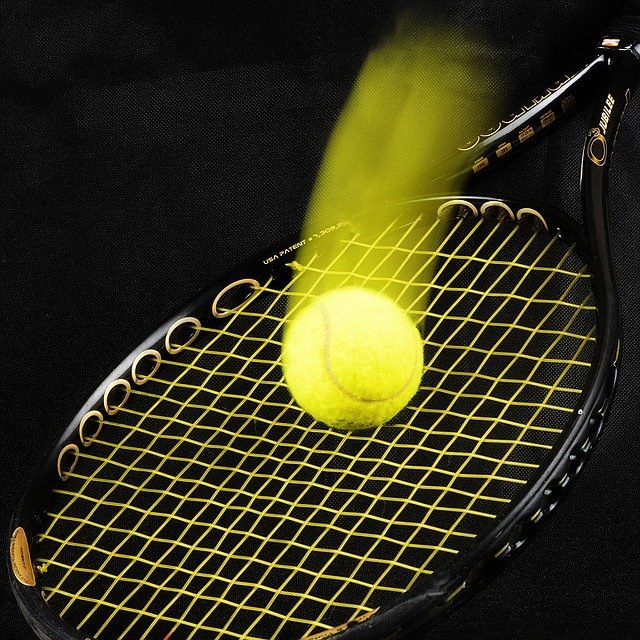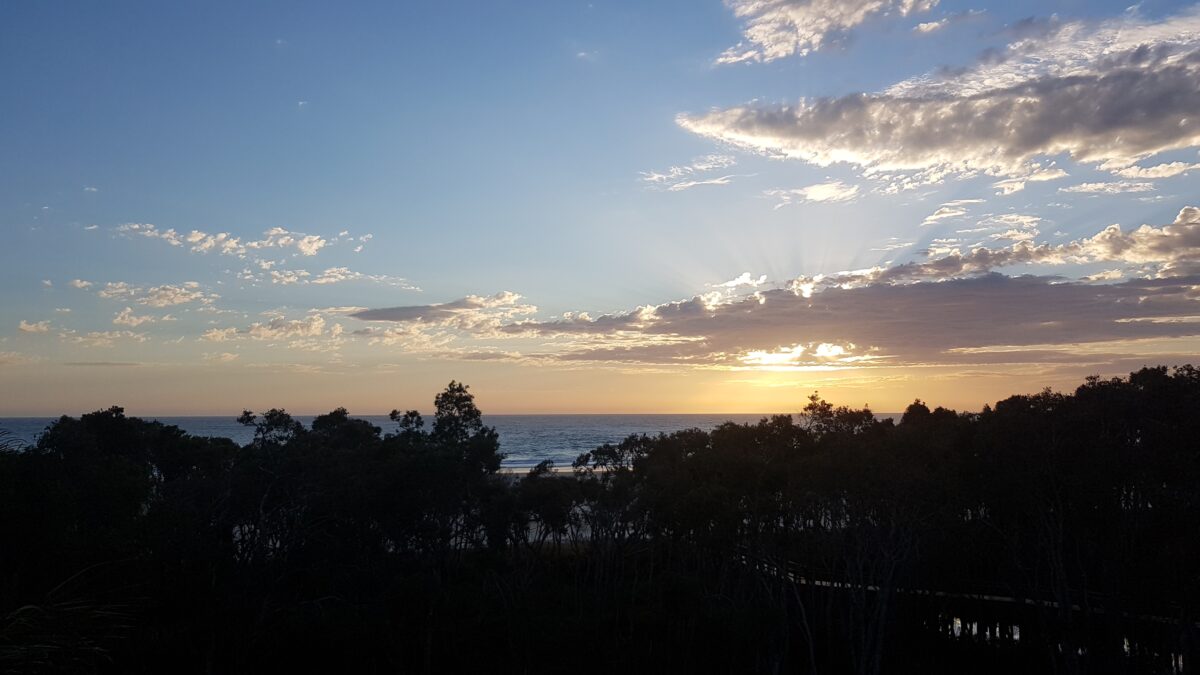In his earlier book, The Resilience Project, Hugh Van Cuylenburg discussed his search for the way to develop resilience to meet the demands of these challenging times. In a previous post, I explained Hugh’s GEM pathway to resilience – gratitude, empathy and mindfulness. This book proved to be a bestseller and Hugh has gone on to present talks to 1,500 schools, elite Australian sports teams and clubs (covering cricket, soccer, AFL and Rugby League) as well as presentations to numerous businesses and organisations.
When reading The Resilience Project and/or hearing Hugh speak, you could be forgiven for thinking that he was one person who “had it all together”, that he was “on top of things” in his life. However, in his follow-up book, Let Go, he exposes his own vulnerabilities and weaknesses and argues that “it’s time to let go of shame, expectations and our addiction to social media”. Let Go could be subtitled, “The 101 Ways I have Stuffed Up in My life” or alternatively, “How My Human Foibles Have Undermined My Resilience”. This is a disarmingly honest account of his personal vulnerabilities and how they have played out in his life.
Hugh covers a range of topics that highlight his vulnerabilities and offers suggestions on how we can address our own vulnerabilities and learn to “let go”. Throughout the book, he generously shares what he has learnt from his therapy with Anita and discussions with Ben Crowe (famous mindset coach of people like Ash Barty). Hugh covers topics that are natural human reactions to the fragility and uncertainty of the human condition. His key topics include the following that most people can relate to:
- Shame: feelings of shame can arise from things we have done or failed to do, from negative self-talk (generated in childhood or later in adulthood) or from perceptions of what other people think or feel about us. Hugh illustrates this by his own inaction in relation to his sister, Georgia, who suffered from mental health issues and the “shame stories” he told himself. He reminds us that shame and associated guilt have been clinically linked to all kinds of psychological problems. Hugh argues that we need to understand the nature of the shame that we feel and learn new, healthy ways to respond to it. He offers a three-step process to address our shame, including sharing our shame with someone (as the hiding of shame, rather than the shame itself, causes us psychological problems).
- Expectations: Hugh shares stories of how his own “unreasonable expectations” caused him stress and worry in his life. The expectations that we place on ourselves can cover any or all aspects of our life – our physical fitness, weight, academic achievements, professional life, home roles, house care or contributions to society. We can create a living hell through these expectations that are self-fabricated and their effects can impact on others. Hugh speaks with honesty and openness about instances in his professional speaking life where his unreasonable expectations almost derailed him. One of the ways he was able to manage the situations was to share his vulnerability at the time and encouraged others to do likewise. He drew strength from Frou Frou’s rendition of the song, “Let Go” and particularly the lyric, “There’s beauty in the breakdown”. Hugh also discusses how we can become captive to the expectations of others and the freedom we can enjoy when we break free of what others have called “the tyranny of expectations”. He offers a series of questions to address the expectations of others and the suggestion to write down the answers and then challenge the truth or otherwise of these recorded expectations.
- Perfectionism: while Hugh provides a serious discussion of perfectionism and the “inner dialogue” that can plague us in every area of our life, he illustrates the hold of perfectionism by sharing a hilarious anecdote about “one (not so) perfect day”. The story relates to an invitation to Missy Higgins and family to join his family for a meal. He had established a friendship with Missy Higgins who wrote the forward to his earlier book, The Resilience Project. He was so anxious to make everything right for the day that he ended up creating a “disaster” where everything went wrong, Including his artificial grass catching fire. He encourages us to overcome perfectionism through self-compassion and the honest exploration of all the areas of our life where our “perfectionism rules” and to challenge ourselves about “what would happen if these things weren’t perfect”.
- Fear of Failure – Hugh illustrates this “phobia” with a humorous description of an embarrassing encounter with Hamish Blake at a café. Hugh admired Hamish immensely and had been a long-term fan and so wanted the encounter to go well. However, his “fear of failure” left him tongue-tied resulting in an embarrassing interaction (for both Hugh and Hamish). Hugh goes on to discuss “atychiphobia” which he describes as “the abnormal, unwarranted and persistent fear of failure” which can result in all kinds of emotional and physical symptoms, including panic attacks. He makes the point that some level of fear of failure can be healthy because it inspires sound preparation and conscious performance. However, an unhealthy level of fear of failure can lead us to procrastinate, avoid making an effort or miss the opportunity to pursue our life goals and make a contribution to the wellness of others. Hugh offers an exercise on “how to let go of fear of failure”.
Reflection
One of the most profound things that Hugh asserts is that our vulnerabilities can build authentic connections. We begin to realise that we all share the same fragility even though it may have different manifestations in each of us. Throughout his Let Go book, Hugh explains his developing relationship with Hamish and Ryan Shelton. It was the realisation that each of them experienced the struggle with “shame, expectation and the fear of failure” that led to the development of the podcast, The Imperfects in 2019. Hugh and his colleagues (brother Josh and Ryan Shelton) also developed a sub-group of The Imperfect podcasts that they titled The Vulnerabilitea House which was designed to enable people to share, over a cup of tea, “something honest and a little vulnerable”. Vulnerabilitea House interviewees included Peter Helliar, Martin Heppell and Missy Higgins, as well as Hugh, Josh and Ryan.
As we grow in mindfulness, we can become aware of what is holding us back in terms of shame, expectations, perfectionism and fear of failure. This self-awareness, along with self-compassion, provides the motivation to face our frailties and the courage and persistence “to do the inside work” necessary to “let go” and break free from the ties that bind us.
_____________________________
Image by Сергей Корчанов from Pixabay
By Ron Passfield – Copyright (Creative Commons license, Attribution–Non Commercial–No Derivatives)
Disclosure: If you purchase a product through this site, I may earn a commission which will help to pay for the site, the associated Meetup group, and the resources to support the blog.









